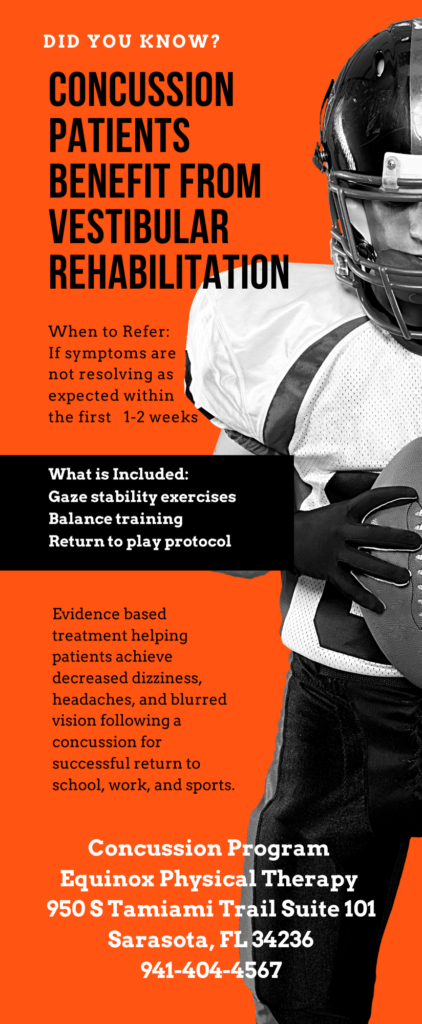Balance therapy is a generalized category of physical therapy exercises to help an individual improve their balance. The ultimate goals of balance therapy are to prevent falls and increase a person’s functional abilities and independence, both at home and in the community.
These goals are driven by the following 4 main factors:
1. Lifestyle. Is the person sedentary with hobbies such as reading, playing bridge, or watching TV? Is the person active with hobbies such as golf, tennis, boating, or gardening?
2. Location. Where does the person live, and what are the obstacles they encounter in their home or community? For instance, my balance therapy practice is located in Sarasota, Florida. In order for my patients to function safely in the community, they need to be able to walk on uneven parking lots or sidewalks, and walk up and down the periodic ramp or curb. Most of the homes in Sarasota are condos or single story homes with only one step to enter the building. The only reason a person might walk on the grass would be if they are a golfer, enjoy gardening, or enjoy walking on uneven surfaces at the beach or local parks. However, if they are a snowbird and only come to Florida in the winter, when they return to their home up north they may live in a 2-story home with 5 steps to enter. The bedroom and bathroom may be upstairs, and the washing machine down in the basement, and they may have a cobblestone driveway. I think you get the idea…
3. Personal choice. What does the person want to achieve or be able to do that they cannot currently do because of poor balance? This is different for every person. Some people just want to be able to walk around their home without falling, and to go to the grocery story or doctor’s office on their own. Some people want to improve their balance so that they do not need to use a cane or walker. Some people have given up a sport they used to love because of their poor balance, and their goal is to return to playing golf or tennis again with their friends.
4. Health Status. A person’s underlying health status plays a factor in setting reasonable goals. For instance, if the person has terrible arthritis in their knees, a reasonable goal is probably not that they would be able to run a marathon or climb Kilimanjaro. However, it may be reasonable that they should be able to climb a flight of stairs safely, or be able to walk their dog each morning with good balance.
I want to encourage you to think about your personal goals and discuss these things with your balance therapist. Having good goals with motivate you to do your home exercise program, and allow you to chart your progress.
Included image: Balance, a painting by Norval Morrisseau




